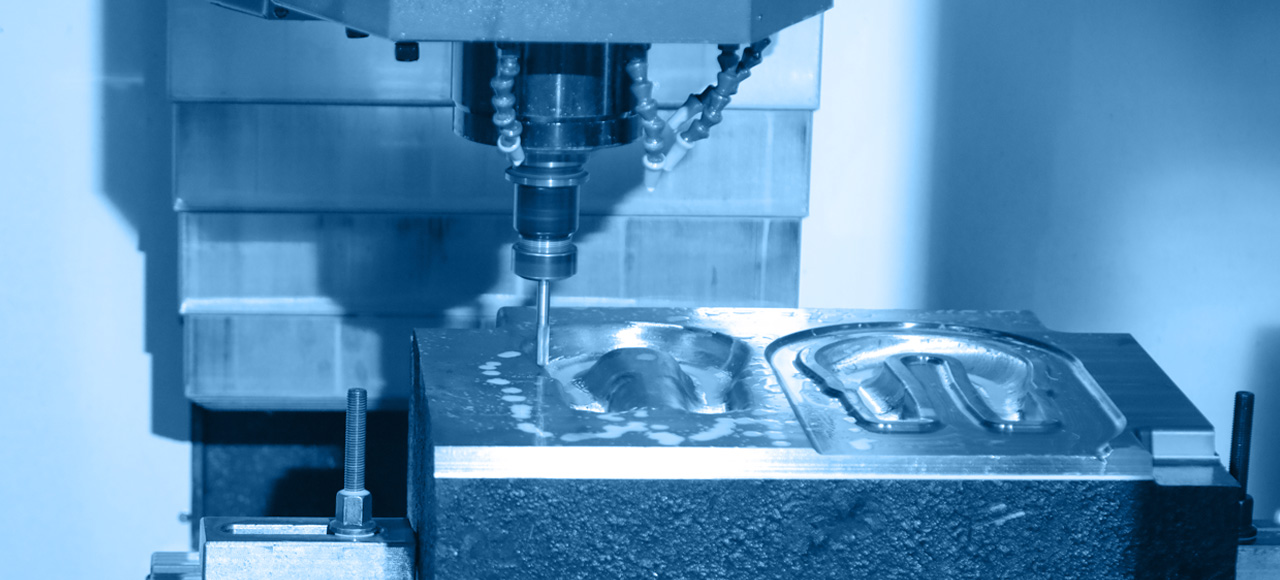Emerson extensively practices in-house die manufacturing for closed die forgings.
Our team of highly experienced engineering experts formulate, monitor, and assess the entire die manufacturing process to achieve precision in the dies. The die manufacturing for closed die forgings at Emerson is carried out in the following sequence:
- Assessment of the requirements
- Designing of the forging die
- Manufacturing of the Forging Die
- Inspection (redesigning if required) of the forging die
1. Assessment of the requirements
Before going to the design step, our technical staff collects information about the type of forgings to be produced using the dies. They refer to the new forging parts’ drawings, processing steps involved in the manufacturing of these forgings, workplace temperature, stress, and strain required to finish the forgings, etc. Following this step, they design the dies that are specific to the new forgings that are to be manufactured.
2. Designing of the die
After designing the die, the immediate step is manufacturing the die that is continuously monitored by our engineers for better precision. Our die manufacturing Facility is equipped with the following machinery:
- Calculation of the metal billet volume: Our technical team ensures accurate calculation of the volume of metal billet that fits into the die to avoid under filling or overfilling of the dies.
- Selection of the parting line: It is the line where the upper and the lower dies meet to give desirable shape to the closed die forging. This parting line decides a uniform flow of the forging material.
- Choosing the material for die manufacturing: There are many materials available to manufacture forging dies, such as tool steel, high carbon high chromium hard die steel, etc. The material for manufacturing a forging die is chosen based on its characteristics like resistance to wear and tear, fatigue responses to mechanical and thermal stress, and plastic deformation. The higher the material’s hardness, the higher the resistance, fatigue tolerance, and plastic deformation capacity of the die.
3. Manufacturing of the forging die
This is a crucial step in the die manufacturing process. The design of the die depends on all the assessment parameters mentioned above. The following are the critical points that are closely evaluated while designing the dies for the forging parts:
- VMC machines
- Die shaping machines
- Milling machines
- Heavy Lathe machines
An inspection follows the manufacturing process. If the die testing reports show that the dies are perfect, further manufacturing of dies is carried out using the pre-decided protocol and design. Otherwise, the redesigned manufacturing protocol and die designs need to be referred for further manufacturing. These dies further undergo a final inspection process, and then they are ready to use for manufacturing the forgings.
4. Inspection (if required) of the forging die
Emerson is well equipped with a mechanical testing laboratory that tests the hardness of the manufactured dies. Our engineers critically test the manufactured forging dies and prepare a die inspection report. If there is a need to redesign the die or any step of the manufacturing process, it is included in the report. The final design for the forging die is then prepared for better precision.
Advantages of In-house die manufacturing
In-house die manufacturing helps us to provide better quality products to our clients. It has two significant advantages:
- In House facility can reduce development lead time, dependency on other, customer requirement is continuously monitored by team.
- The cost of manufacturing dies can reduce through in-house production that enables us to provide better quality products with a reduced economic cost.
Conclusion
Our in-house die manufacturing process is critically monitored at each step by our technical experts. We manufacture products that meet the ISO 9001:2015 standards. Further, our clients do not need to employ other experts for die manufacturing as we provide all-round services for forging manufacturing under one roof.

